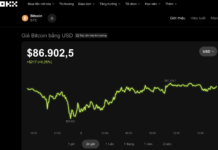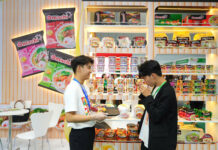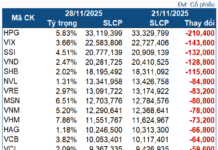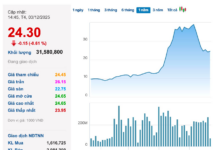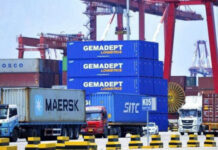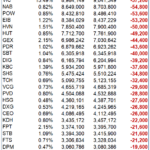During a seminar, Shark Nguyễn Xuân Phú, Chairman of the Board of Directors of SUNHOUSE Group, candidly shared the “critical weakness” he once struggled with: short-term vision in cost calculation and sales strategy.
According to Phú, most Vietnamese businesses are accustomed to a very “traditional” cost calculation method—meticulously accounting for every penny spent on depreciation, raw materials, labor, utilities, and then summing it all up to set a profitable selling price. While this approach seems logical, it often “ties our hands before we even begin.”
“When a Vietnamese factory starts up, its small scale, low productivity, and high defect rates inevitably drive up costs. Accountants then calculate that we must sell at a higher price to make a profit,” Shark Phú explained. “But at that point, our products cannot compete globally.”
“The Chinese don’t calculate profit—they think long-term”
“The Chinese approach is different,” Phú noted. “Many business owners, despite having limited formal education, possess incredibly practical and effective business thinking. They divide costs into two categories: variable and fixed. They focus on real cash flow—ensuring it remains positive, while leaving profit and loss calculations for later.”
Their pricing method is so straightforward that it often shocks Vietnamese businesses: if a product costs 5 units to produce, they sell it for 5.1 units—even a 0.1 unit profit is acceptable. In contrast, Vietnamese accountants would object: “Selling at that price is a loss, as total overhead costs would require a price of 6 to 7 units to break even!”
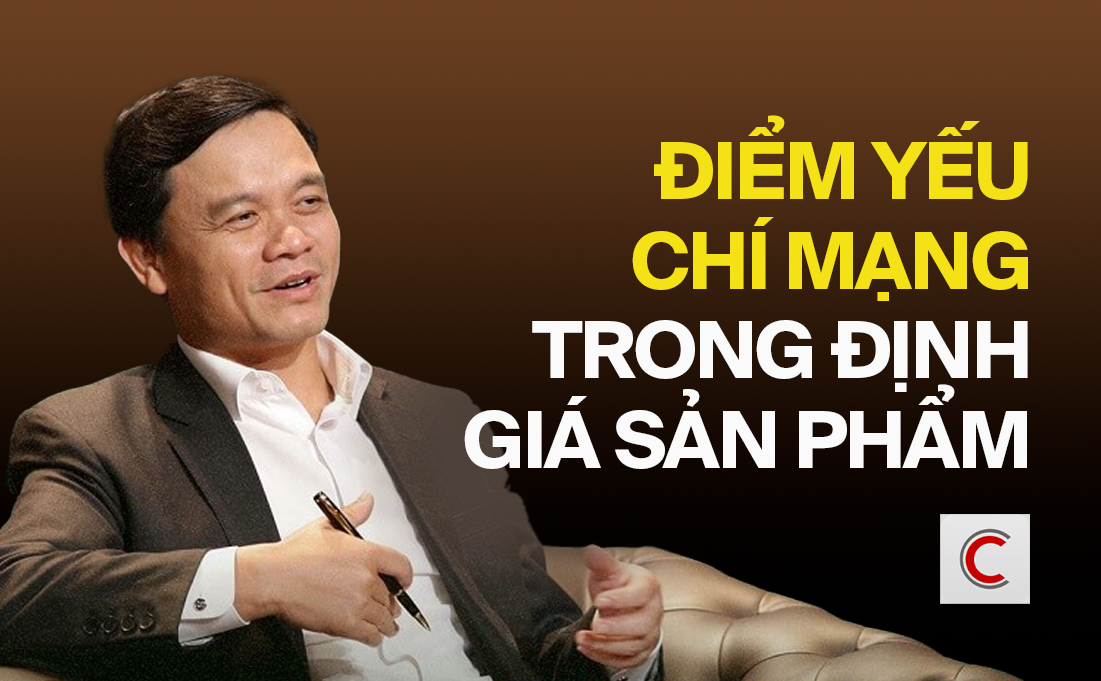
However, the Chinese have a different perspective: they calculate future costs. For example, while initial machinery investments may be three times current costs, after 10 years, they can still recover their initial capital when liquidating. They don’t focus on short-term losses but on long-term cash flow—where the future will repay them in full.
Phú provided a concrete example: “Imagine a factory with a capacity of 100,000 units but only 50,000 units in current orders. Vietnamese accountants would divide total costs by 50,000, driving up unit costs significantly. The Chinese, however, assume full capacity of 100,000 units and price accordingly. This allows them to offer highly competitive prices and attract more orders.”
This mindset enables them to secure large export contracts and maintain healthy cash flow, while many Vietnamese businesses, fixated on “maintaining prices,” lose opportunities.
“They only need to cover variable costs—meaning they recover more than they spend. Fixed investments like factories and machinery are already sunk costs. Once production increases and customers stabilize, they strategically raise prices, innovate products, and start making real profits,” Phú analyzed.
According to Chinese business calculations, raw materials and labor account for only 10–15% of total costs, compared to 30–50% for Vietnamese businesses.
With this approach, the Chinese can dominate markets with low prices, securing continuous orders and operating at full capacity. Vietnamese businesses, fearing “paper losses,” hesitate to lower prices or invest, leading to underutilized factories and dwindling orders.
Shark Phú concluded that success lies not in the price itself, but in how we perceive cash flow and long-term vision. Focusing solely on tangible costs, numbers, and immediate profits will keep us small. However, by considering intangible factors like opportunities, trust, and future positioning, we can step onto the global stage.
The lesson Shark Nguyễn Xuân Phú shared seems like a mere accounting issue, but it reveals the essence of long-term management and investment thinking.
Chinese businesses accept “paper losses” in the early years to capture the market. Once they achieve scale, brand recognition, and customer relationships, they “reverse course”—at which point profits grow exponentially. Vietnamese businesses, in contrast, often focus on “short-term gains,” fixating on individual numbers and profits. But in business, victory belongs not to those who profit early, but to those who endure.
Why Automated Profitability is the Inevitable Trend in Modern Banking?
As a pioneer in digitalization, Techcombank leverages its innovative edge and trusted financial solutions to empower over 16.5 million customers. By ushering in the era of Automated Profitability, we redefine how Vietnamese manage their finances—safely, flexibly, and around the clock—while maximizing value and experience. Our customer-centric strategy not only optimizes wealth management but also extends our legacy of success through a uniquely differentiated approach.
Maximize Cash Flow with VIB Profit Duo – Unlock Up to 9.3% Financial Optimization
VIB Bank proudly introduces its groundbreaking profit-maximizing solution, combining the high-yield Super Interest Account with the cash-back Smart Card, setting a new standard in financial innovation.
“Turn Idle Capital into Profits with VIB’s Super Interest Rates.”
“Cash flow is the lifeblood of any business, and for small and medium-sized enterprises (SMEs), it’s even more crucial. It’s not just about the money coming in and going out; it’s also about the moments when cash takes a pause. Whether it’s the buffer between spending and income, waiting for payments to clear, or sitting idle in a contingency fund, effective cash flow management is essential for SMEs to thrive.”
“TCBS and Dragon Capital Join Forces to Offer Open-Ended Fund Distribution on Fundmart”
“TCBS, a leading securities company, and DCVFM, a prominent investment fund management firm, have joined forces to offer an innovative online fund distribution platform, Fundmart. This collaboration marks a significant step forward in the industry, providing investors with a seamless and efficient fund investment experience.”








